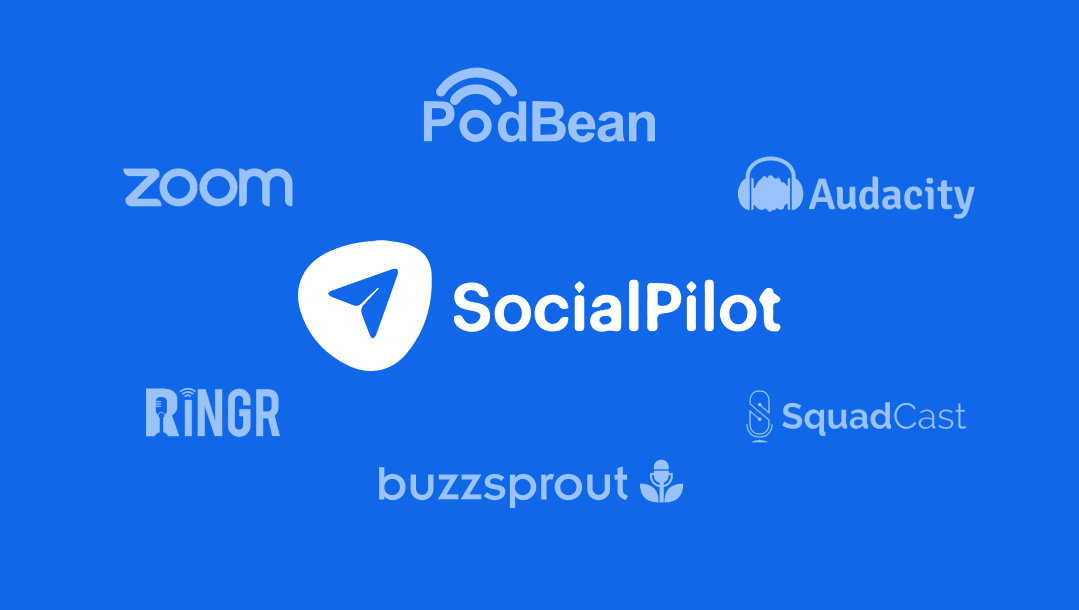More About Podcast
Have you ever wondered how the world was introduced to the unique podcasting technology? How did its popularity grow to reach a global audience of 464.7 million people in 2023?
Well, it all dates back to the 1980s, when podcasts started as ‘audio blogging.’
In 2001, when Apple launched the first portable music player, iPod, it transformed the concept of the ‘audio blogs’ into a mainstream one by enabling their transfer to the iPod as MP3 files.
A few years later, in 2004, former MTV video jockey Adam Curry and software developer Dave Winer coded a program, the ‘iPodder,’ which enabled people to download podcasts on their iPods.
This new wave of audio broadcasting inspired journalist Ben Hammersley to coin the term ‘podcast,’ a portmanteau of ‘iPod’ and ‘broadcast.’
Did you know that in 2005, George Bush became the first president to broadcast his weekly address in a podcast?
Podcasts have since become a popular content type among influencers and celebrities. These are unique and creative in their context and content, different from traditional radio shows. Podcast episodes vary in length, from a few minutes to hours, based on the format and topic.
Today, podcasts offer something for everyone, covering a diverse range of topics, from self-improvement and health to business, technology, and true crime. They have garnered immense popularity primarily because they offer the convenience of on-demand listening on various apps and platforms and a listening experience that can be tailored to the user’s needs.
They can be accessed on various devices. Moreover, the typical podcast is subscription-based, sending out a notification when new content is uploaded so the listener can stay updated with the episodes.
Some of the popular podcast platforms are:
- Buzzsprout
- Podbean
- Castos
- Apple
- Spotify
What is a podcast’s primary benefit for brands and businesses?
This audio-based technology forms a prominent digital marketing strategy. They can be produced with less infrastructure by independent creators, from individuals to professionals and organizations.
Podcasts increase the brand’s visibility and deliver promotional messages effectively as they can reach a global audience. According to a survey, 63% of podcast listeners confirmed buying the product promoted on a show.
Podcasts are also an excellent example of content marketing, with their specific content helping to target niche audiences and generate leads.
Brands can also see an increased reach with video-formatted podcasts. Though podcasts started with the audio-only format, makers can today include components such as visuals and infographics.
This might help expand a brand’s audience, as those who don’t listen to podcasts might view videos on sites like Twitter and YouTube. Also, you can convey data using video clips that might be challenging through audio content.
On the flip side, audio podcasts are easier to find and listen to. An audio podcast file can be listened to anytime, anywhere, whereas video podcasts must be viewed with specific settings. Furthermore, less equipment is needed for audio podcasts, which can be accessed on more platforms.
Ultimately, your objectives, target audience, and resources should all be considered when selecting the format for your podcast.
The following image shows the Google Podcasts platform and some options listeners can explore.



